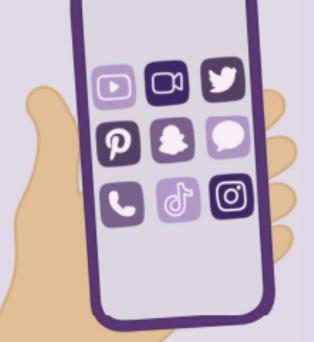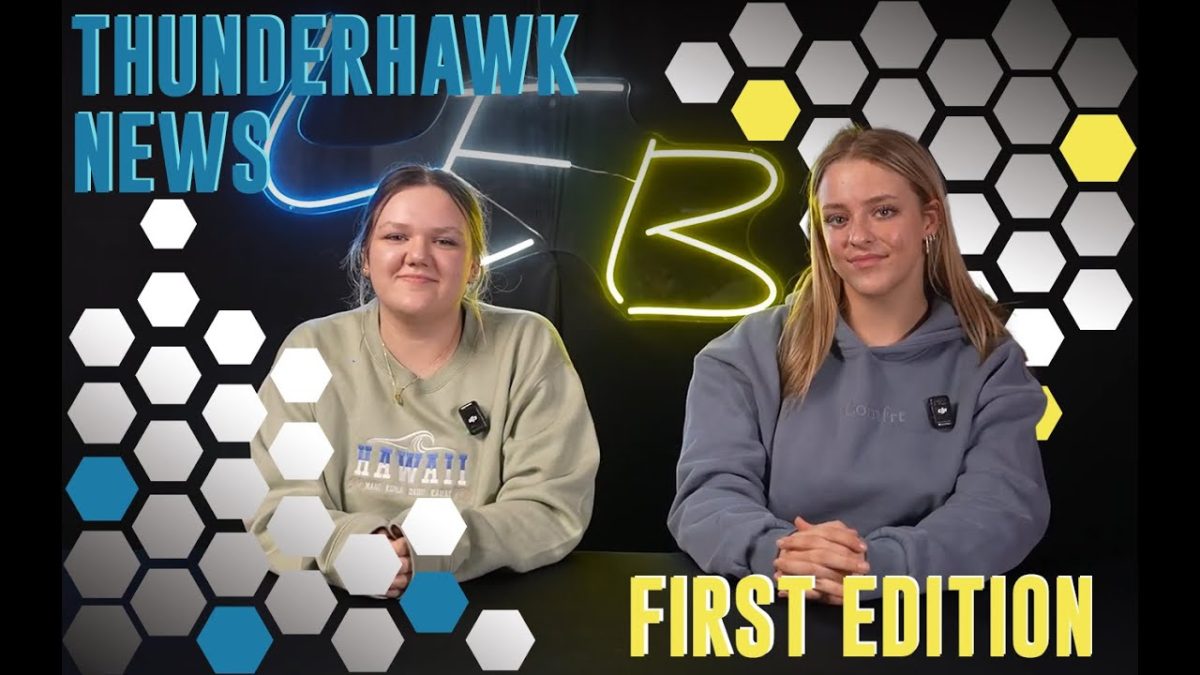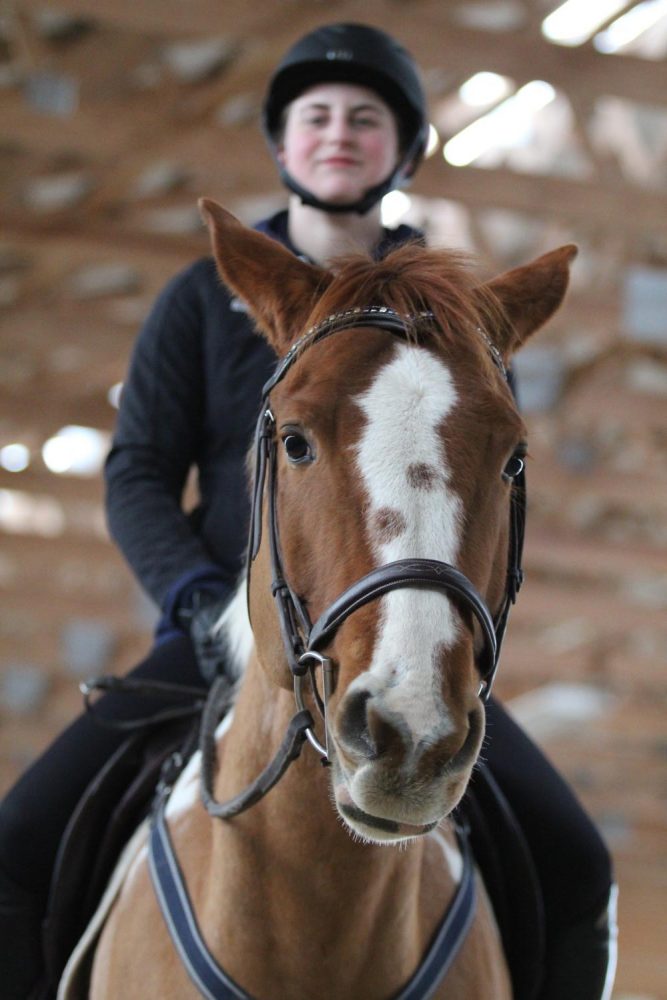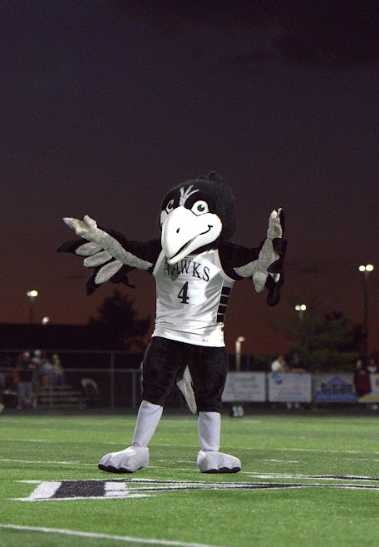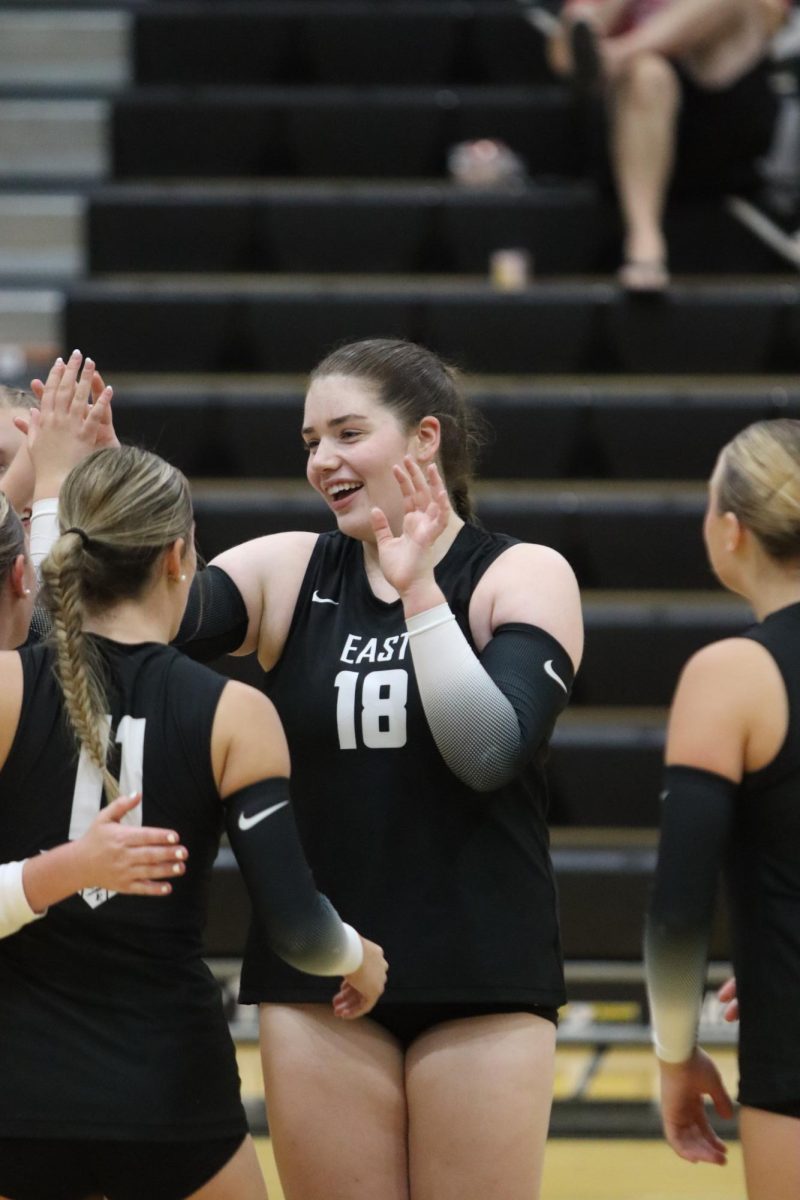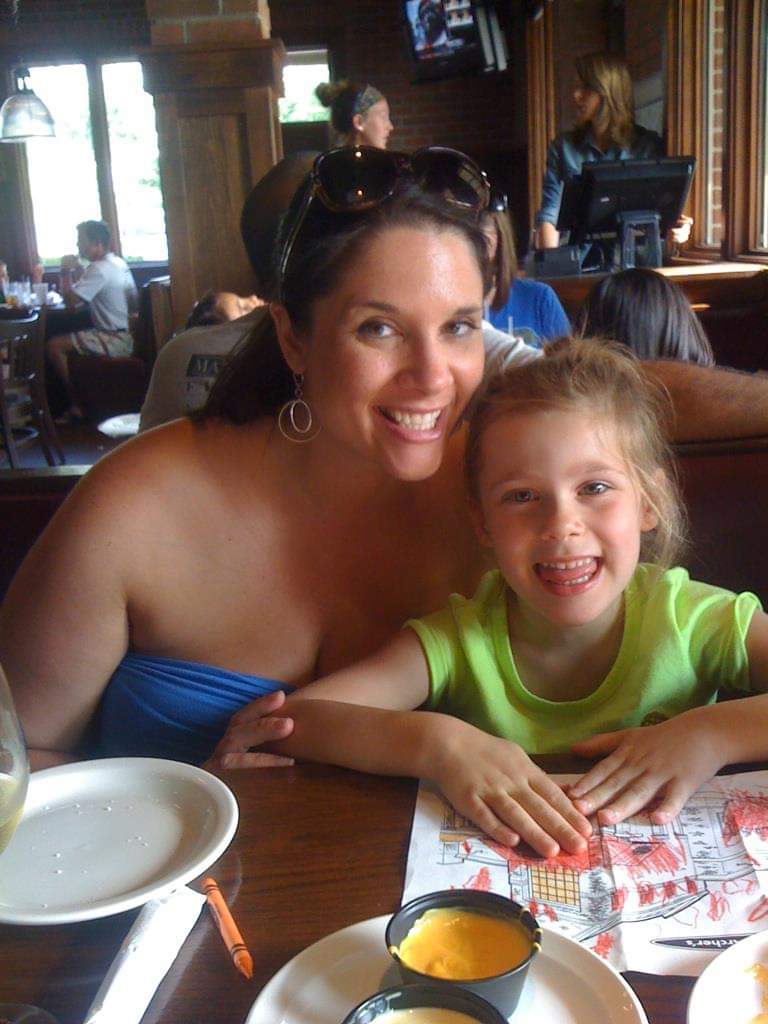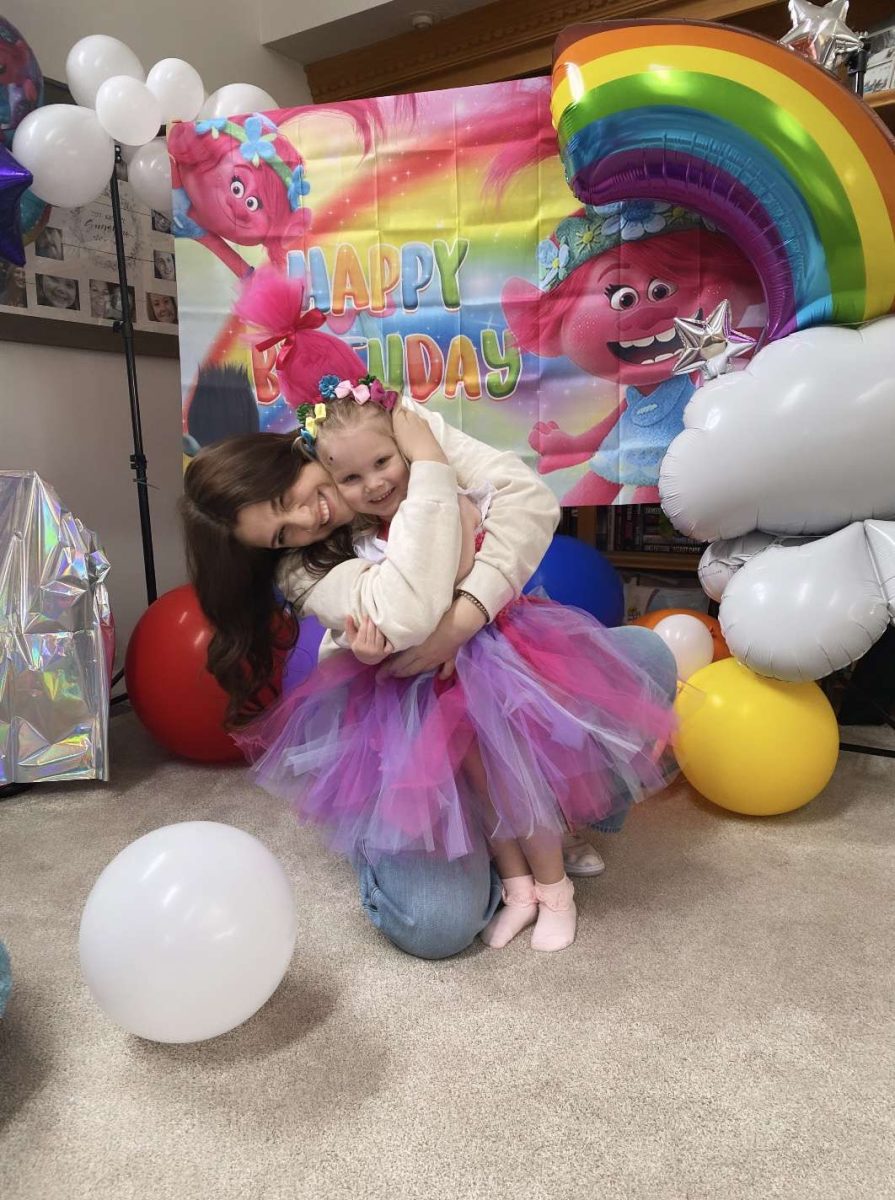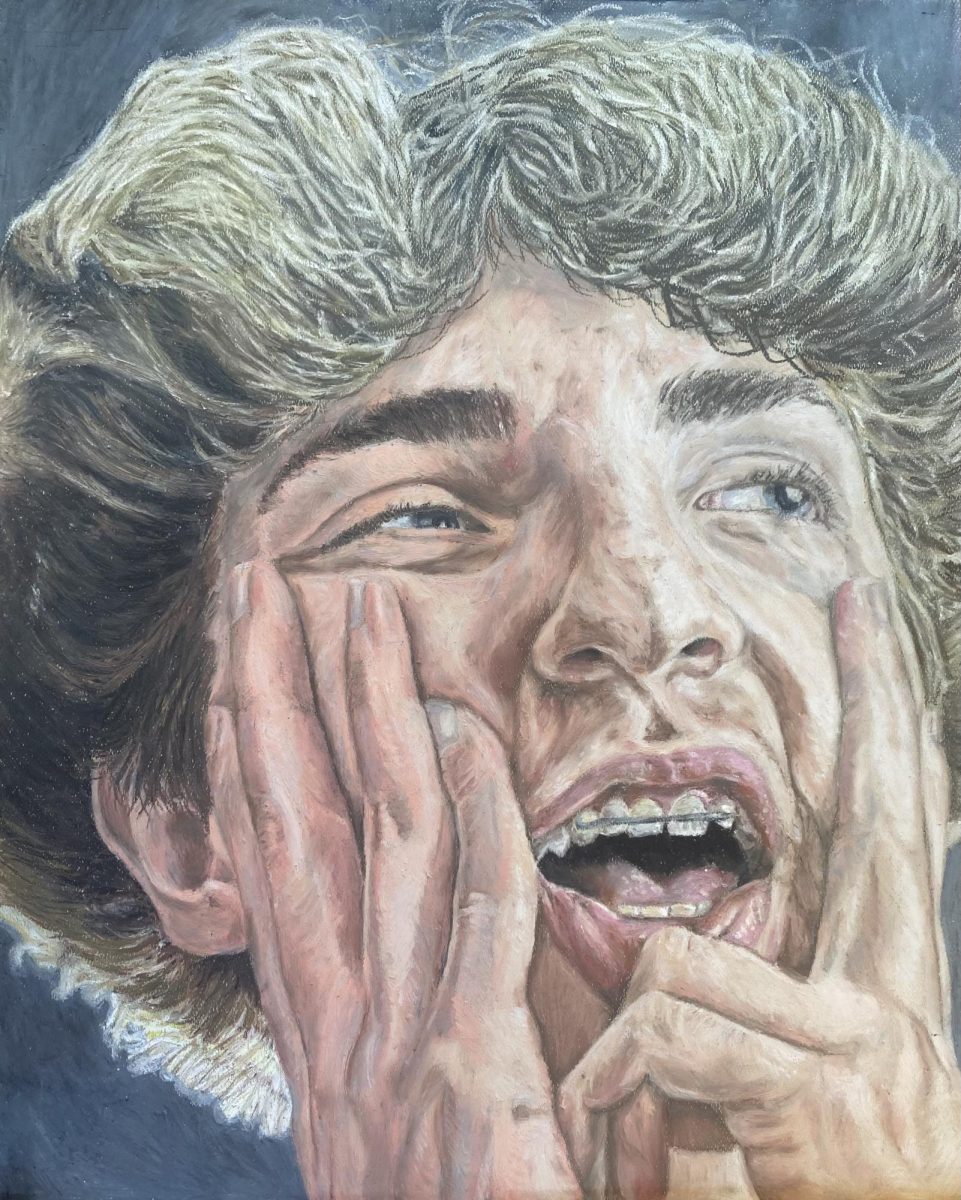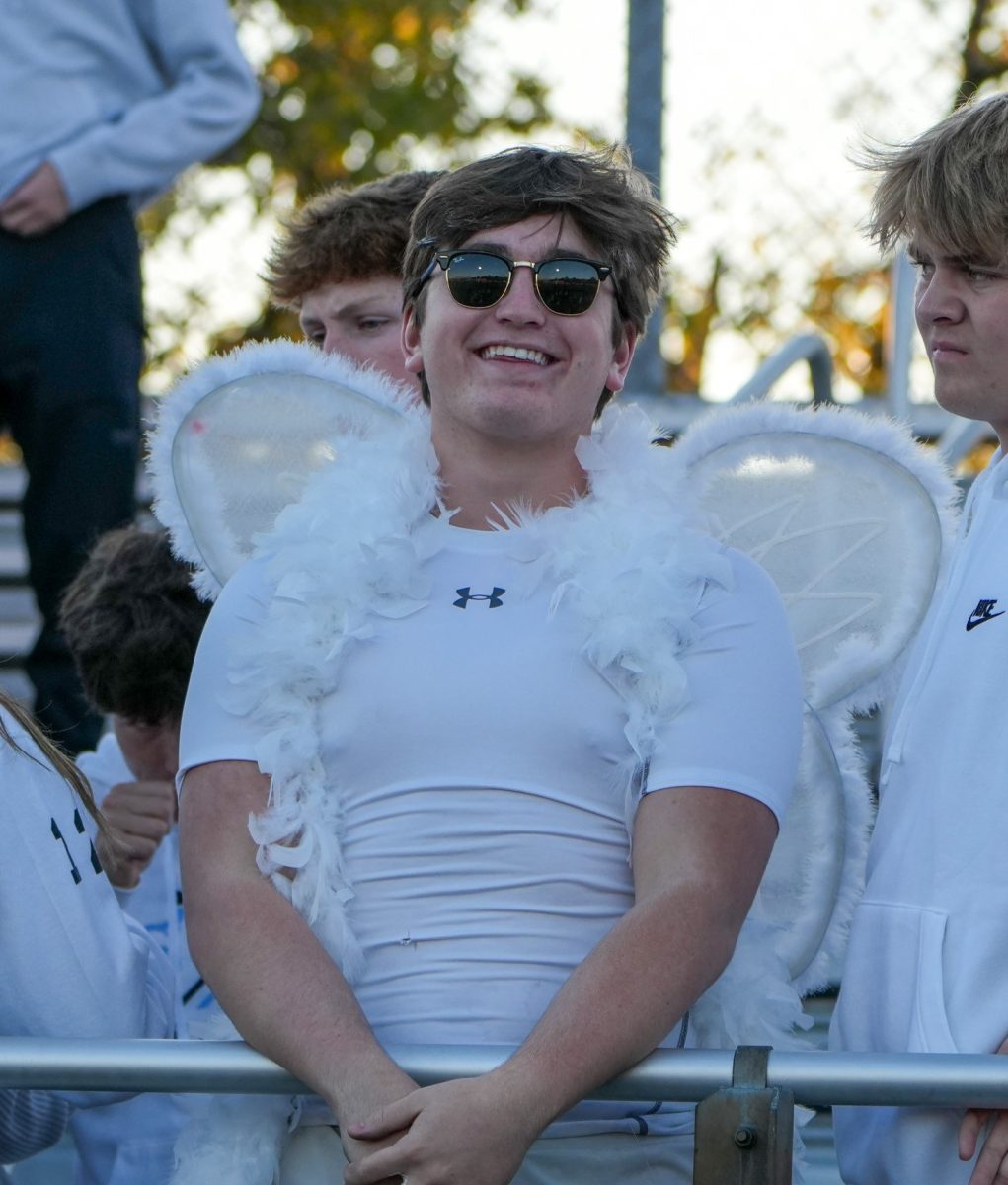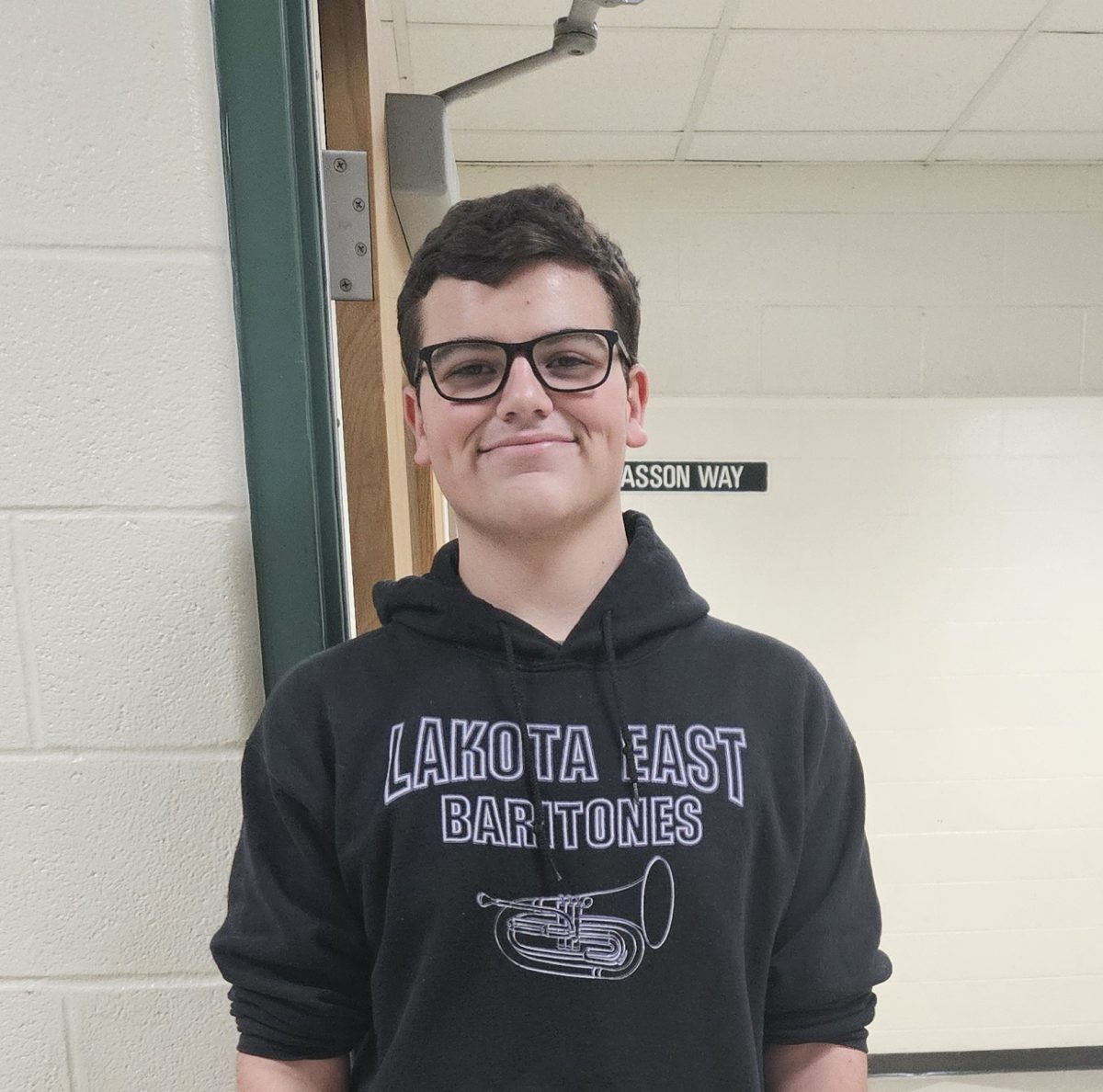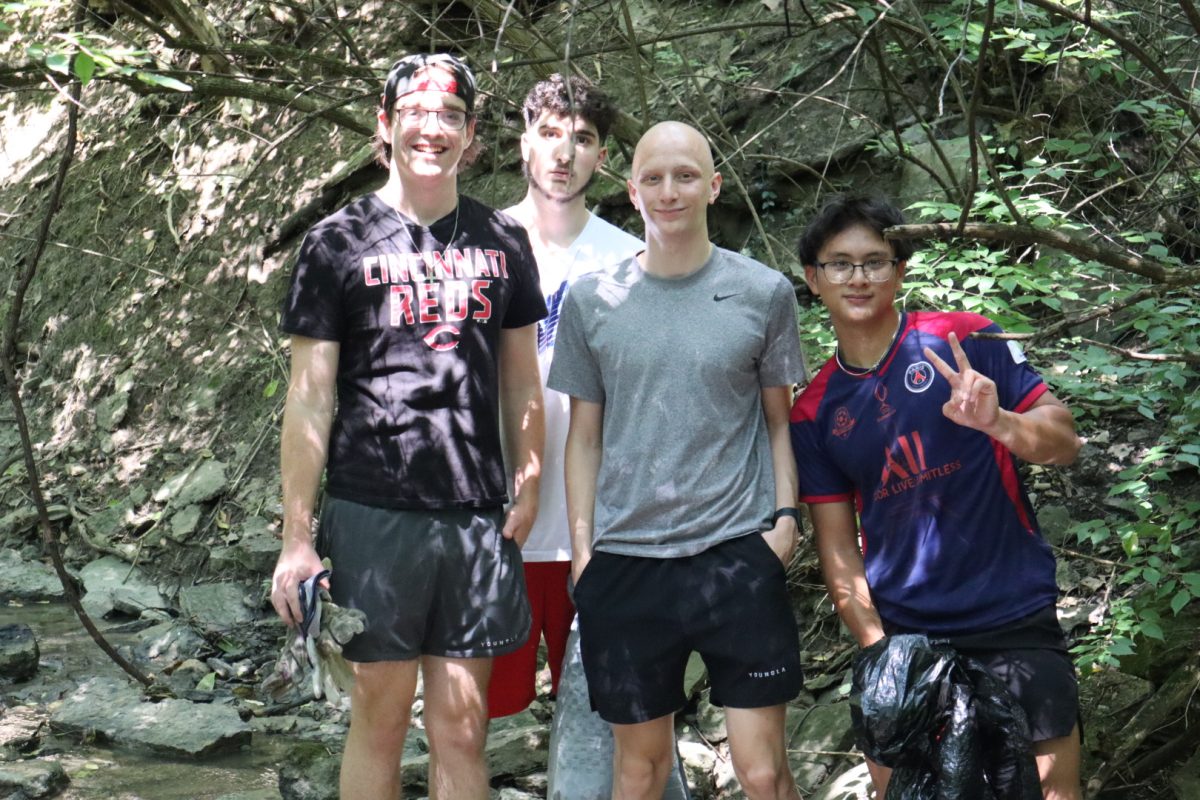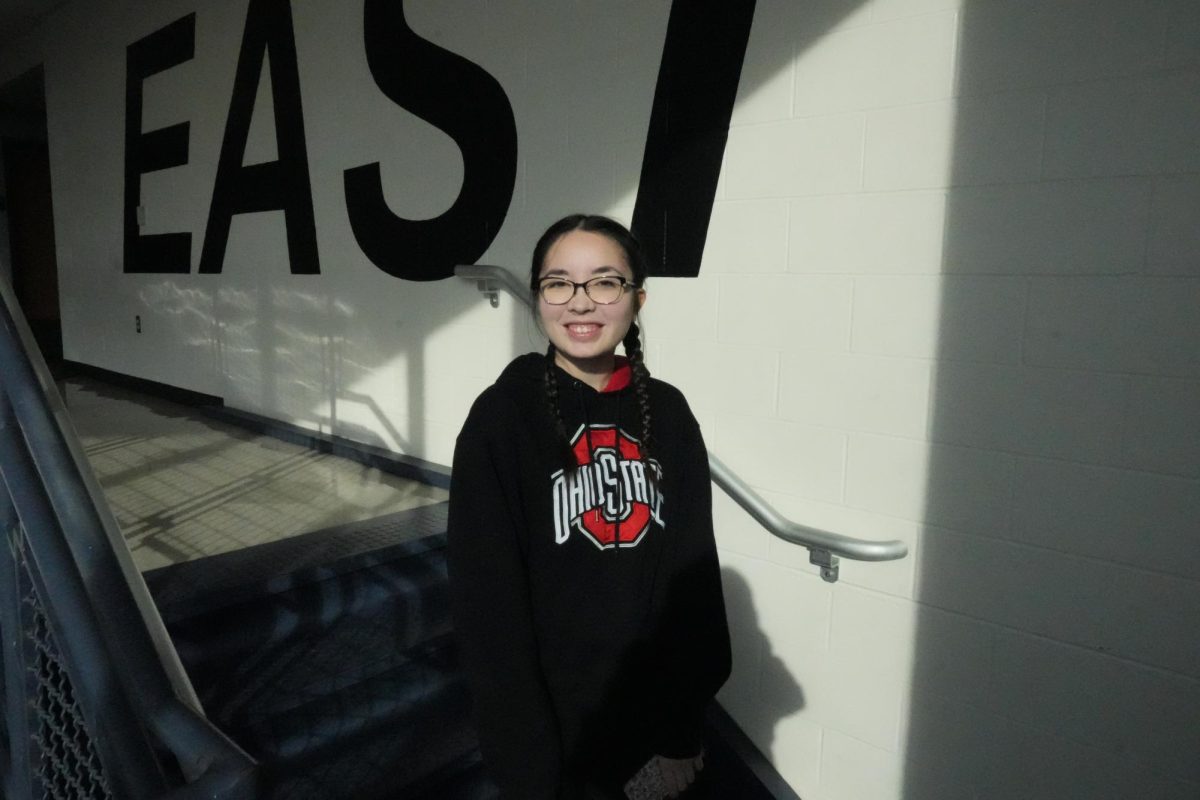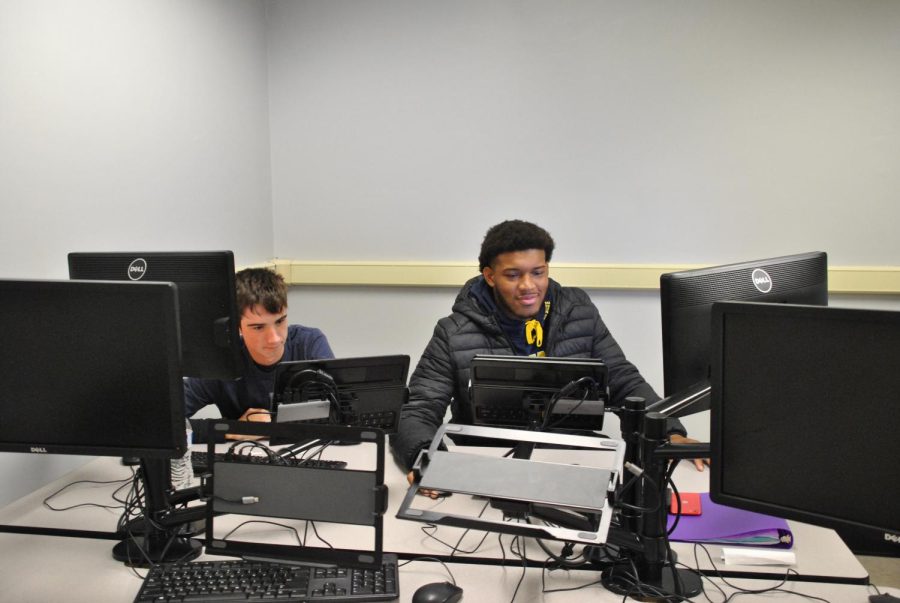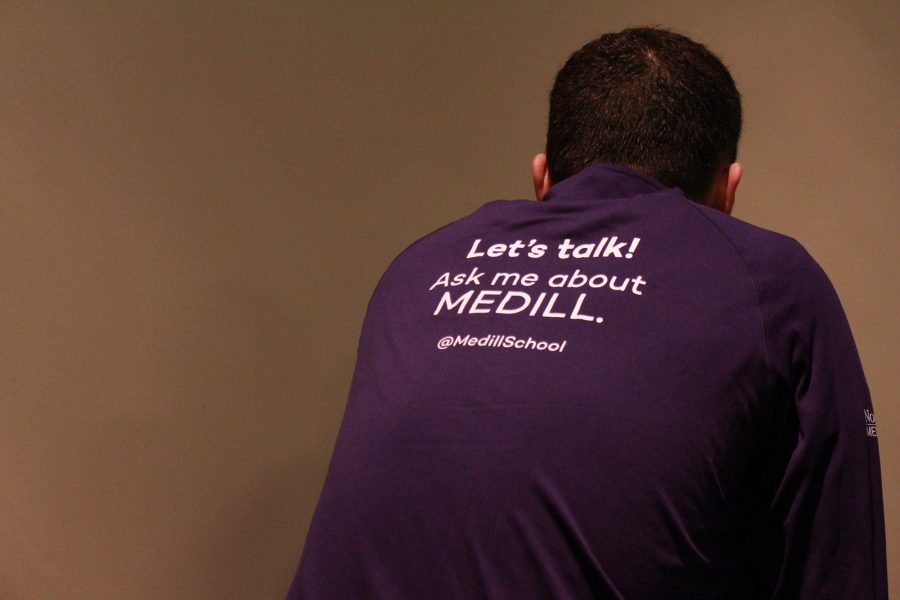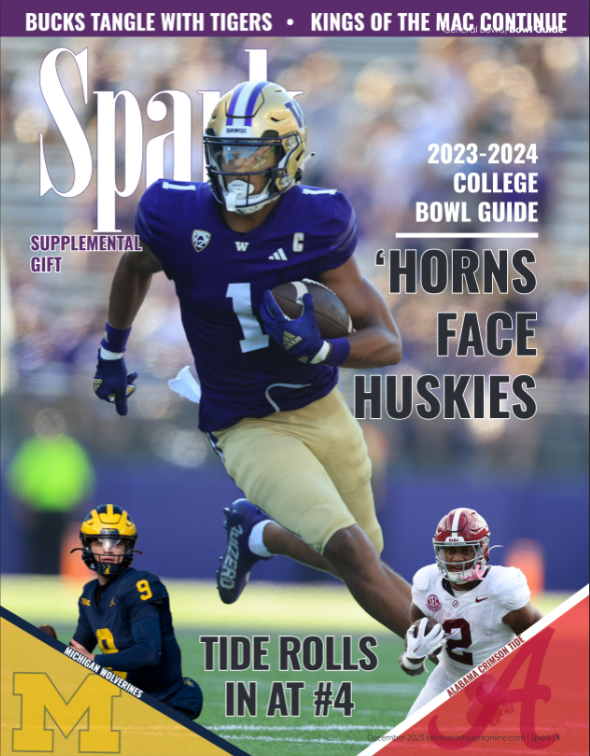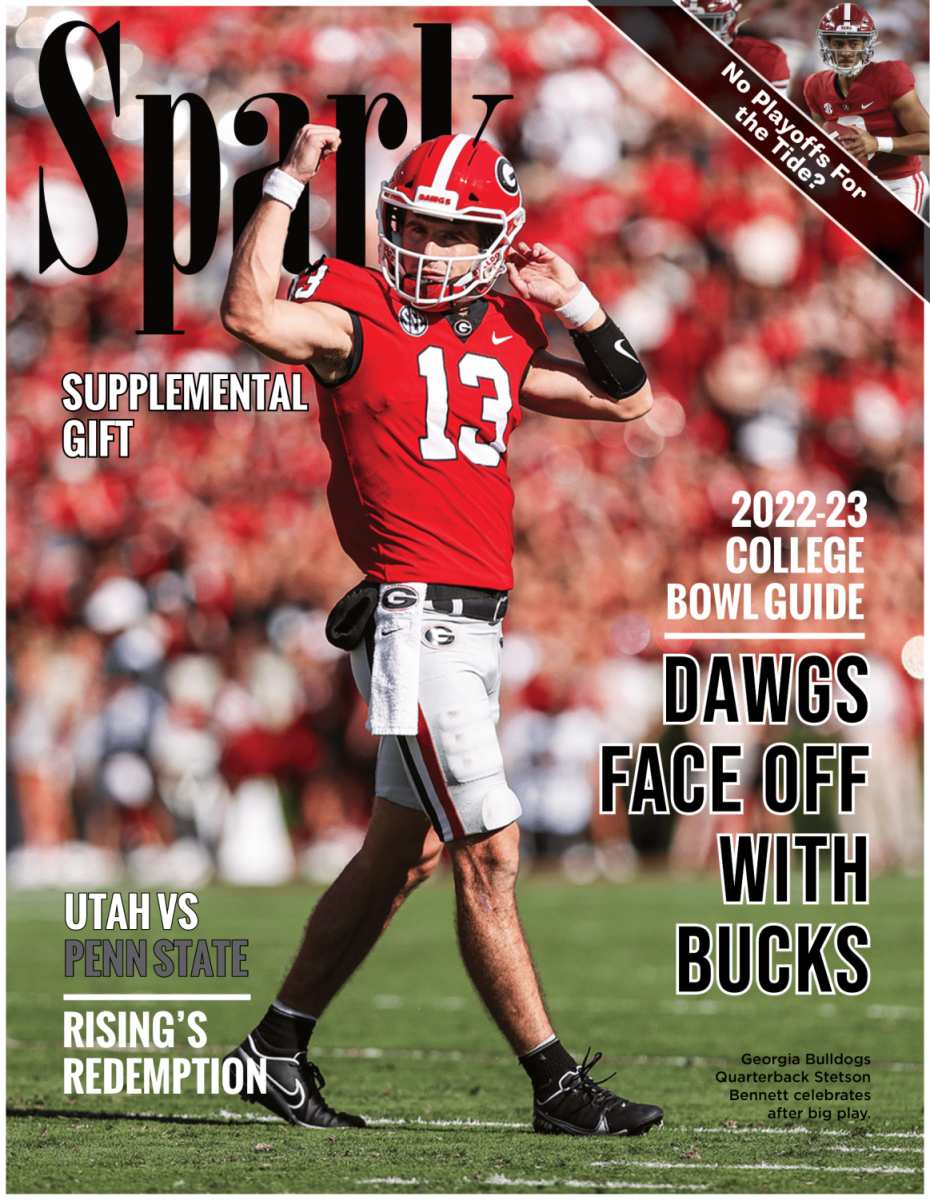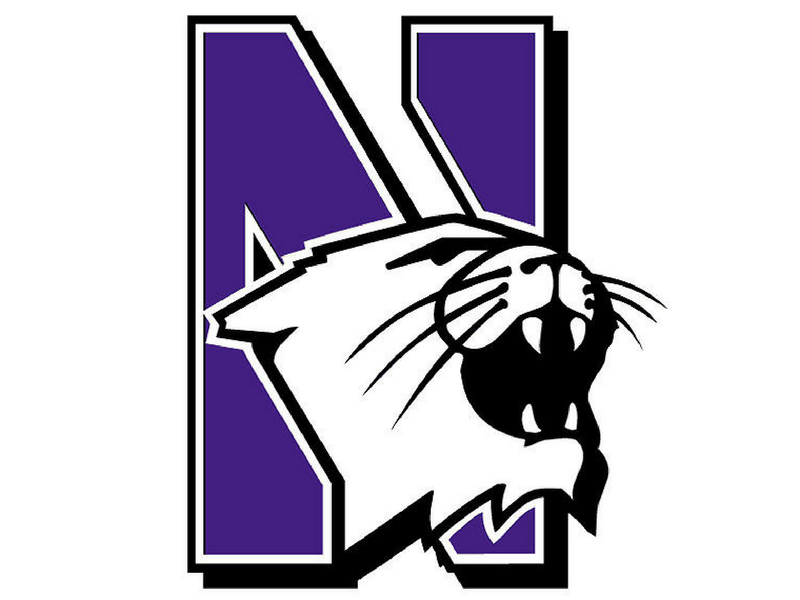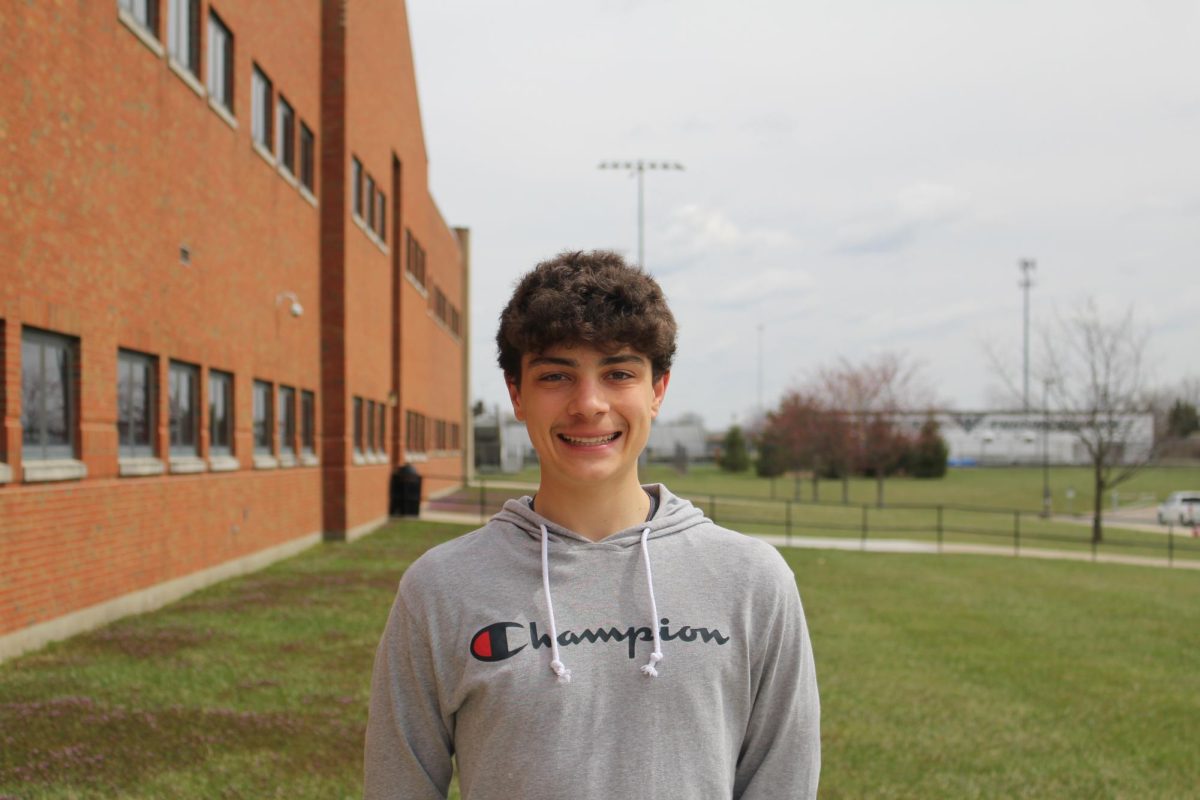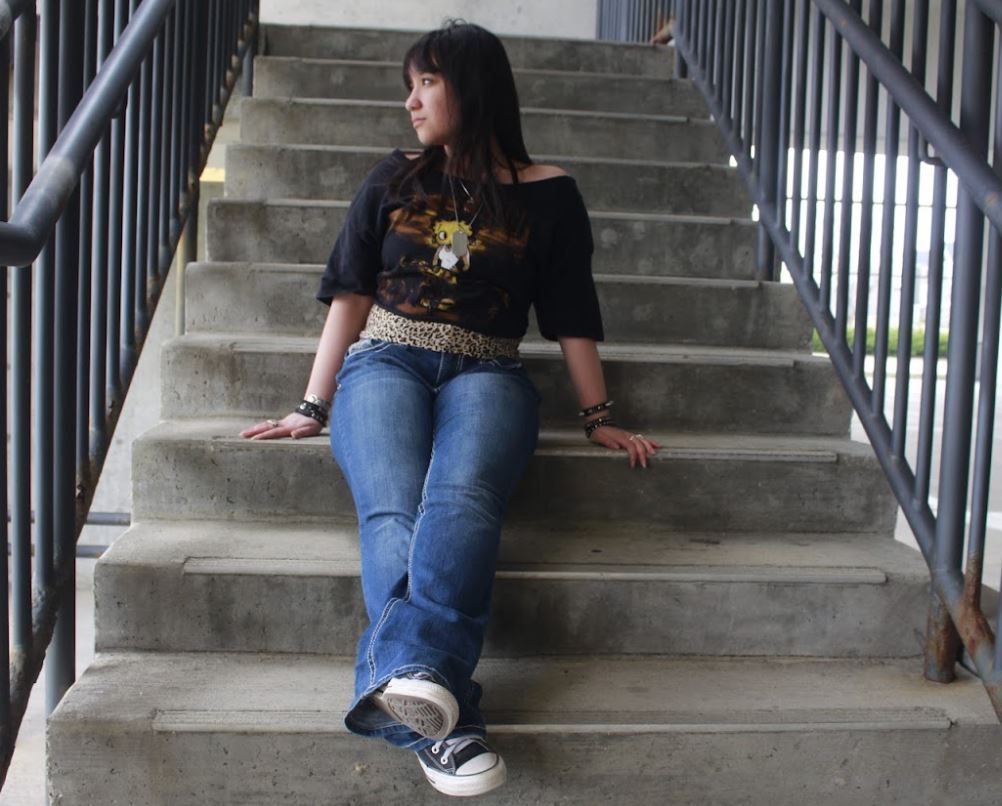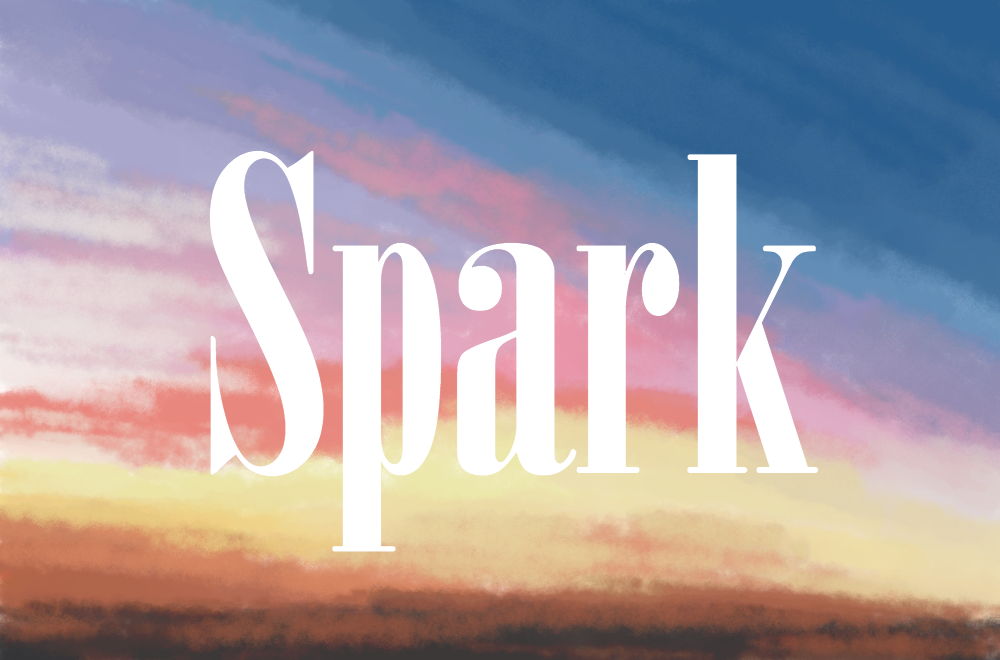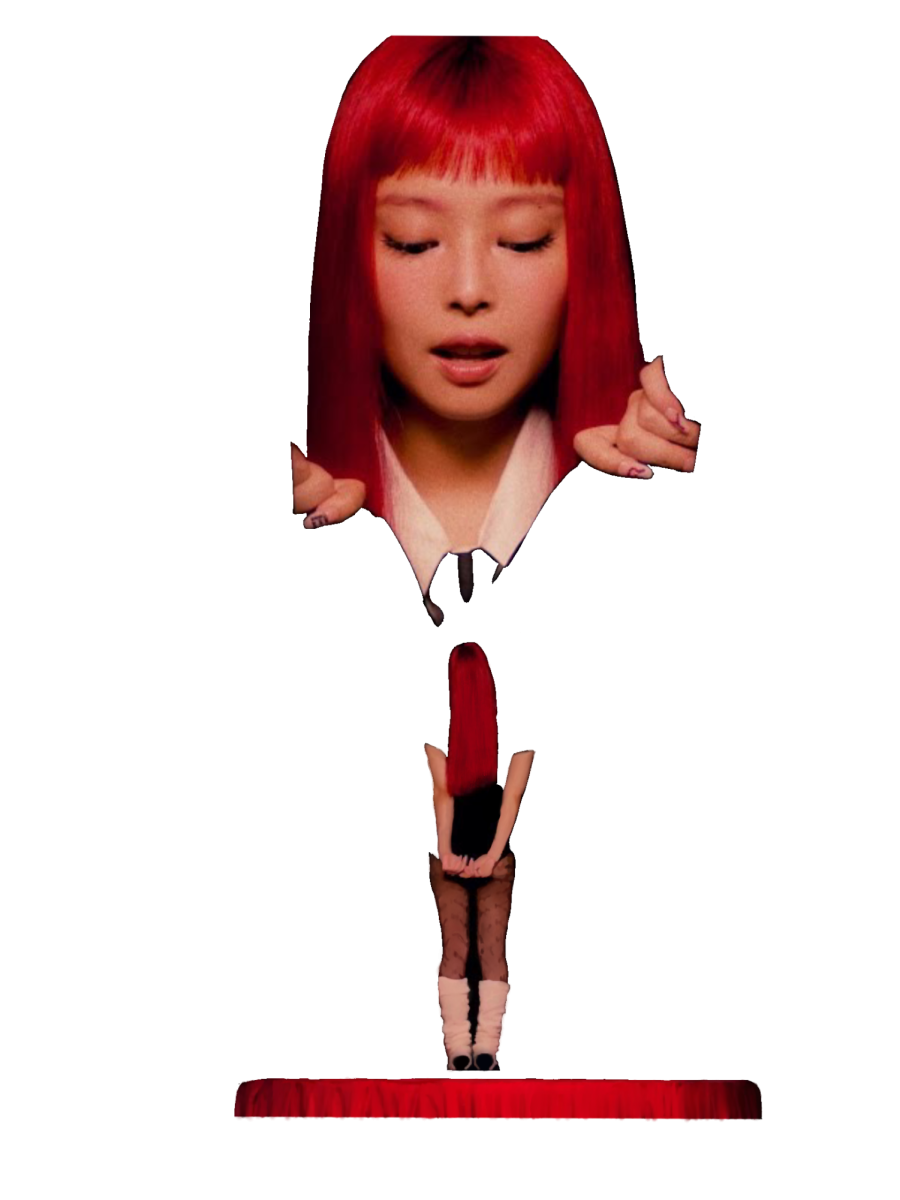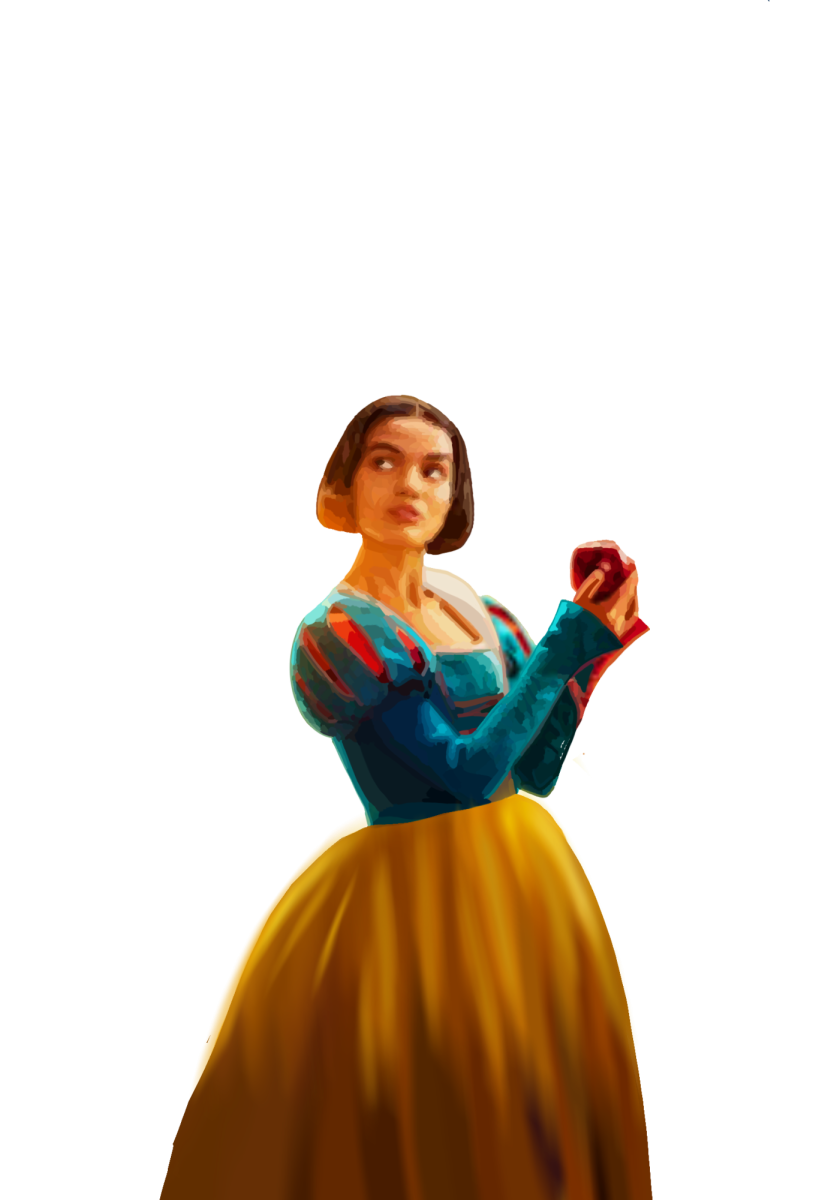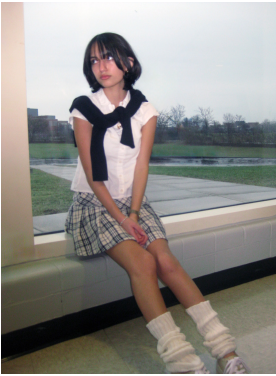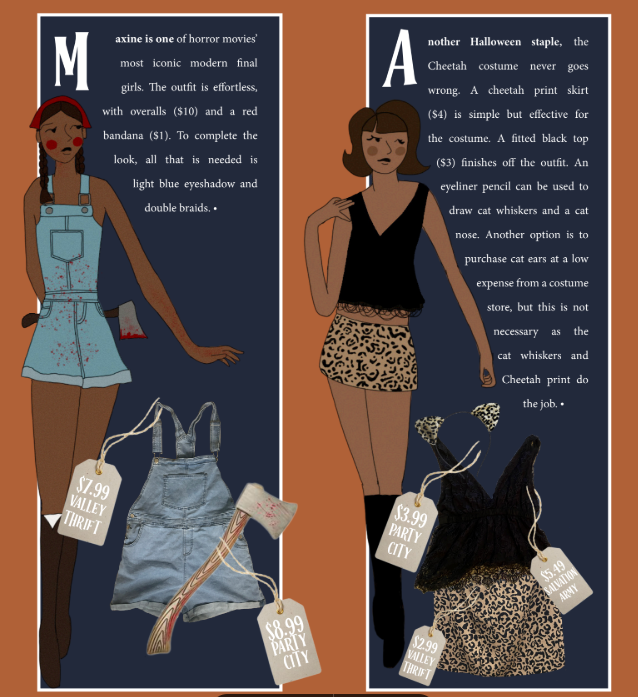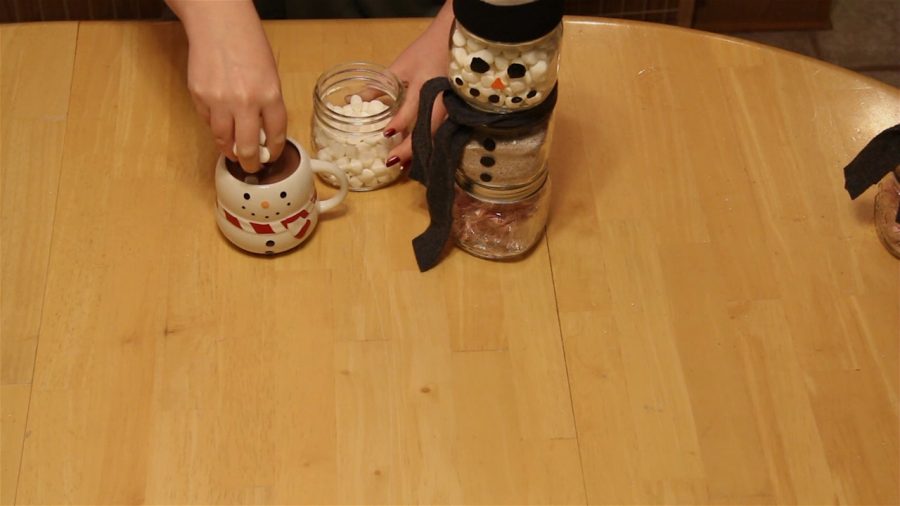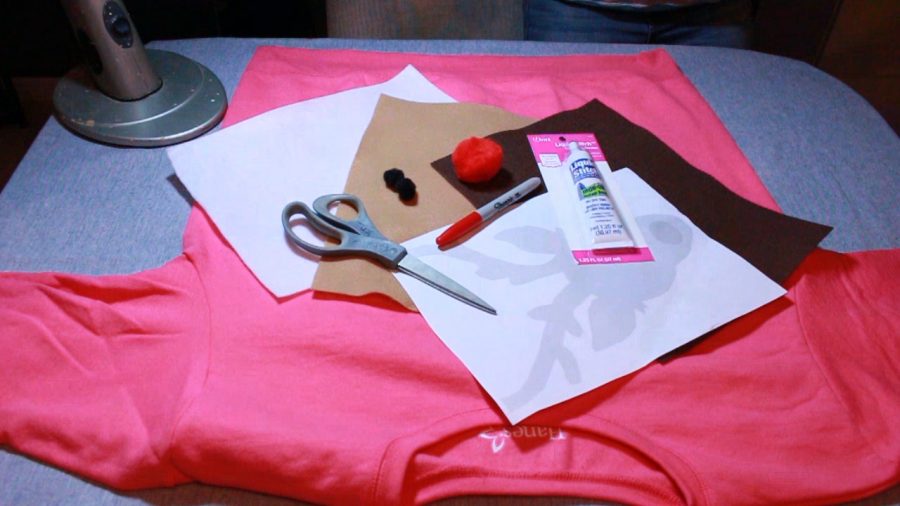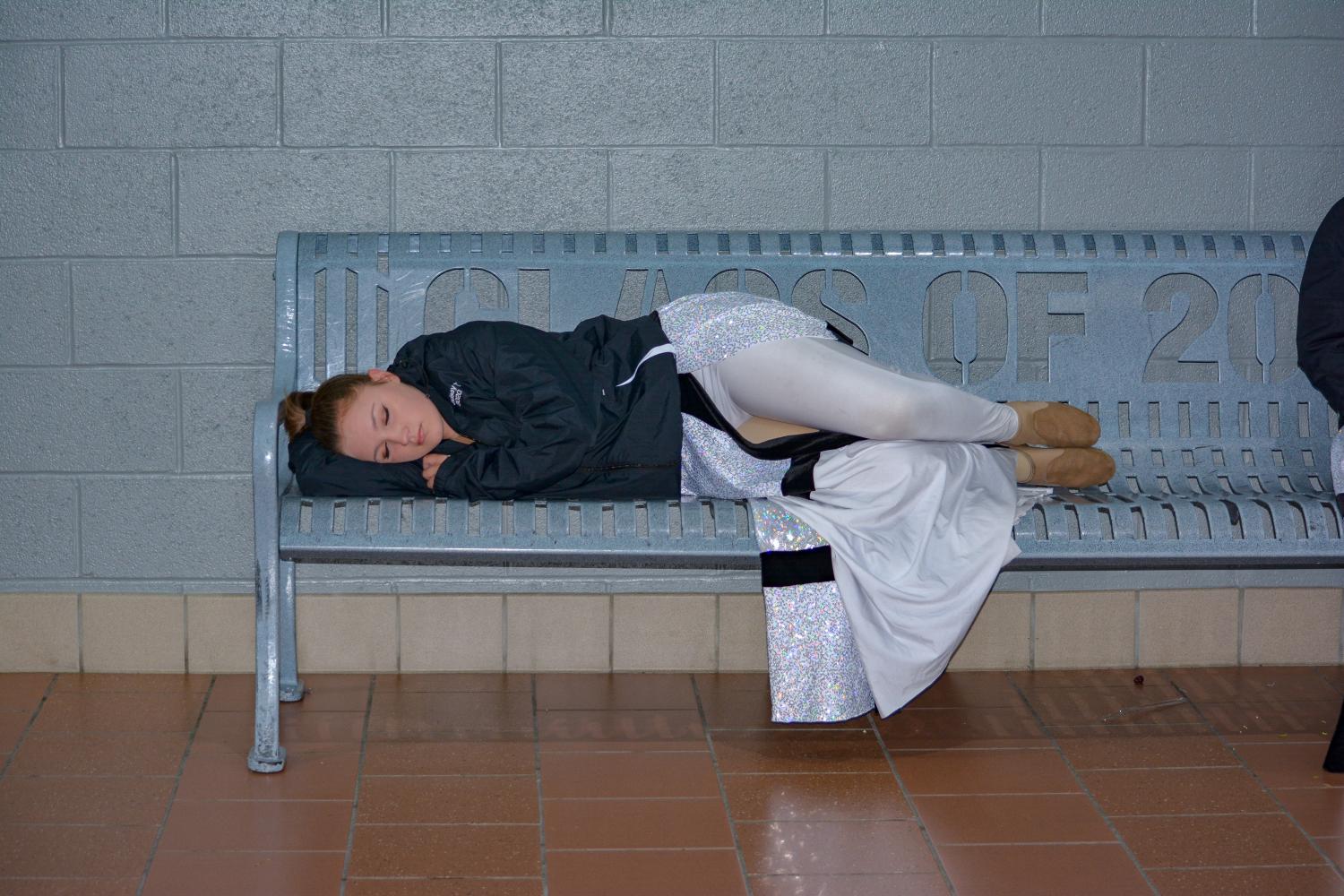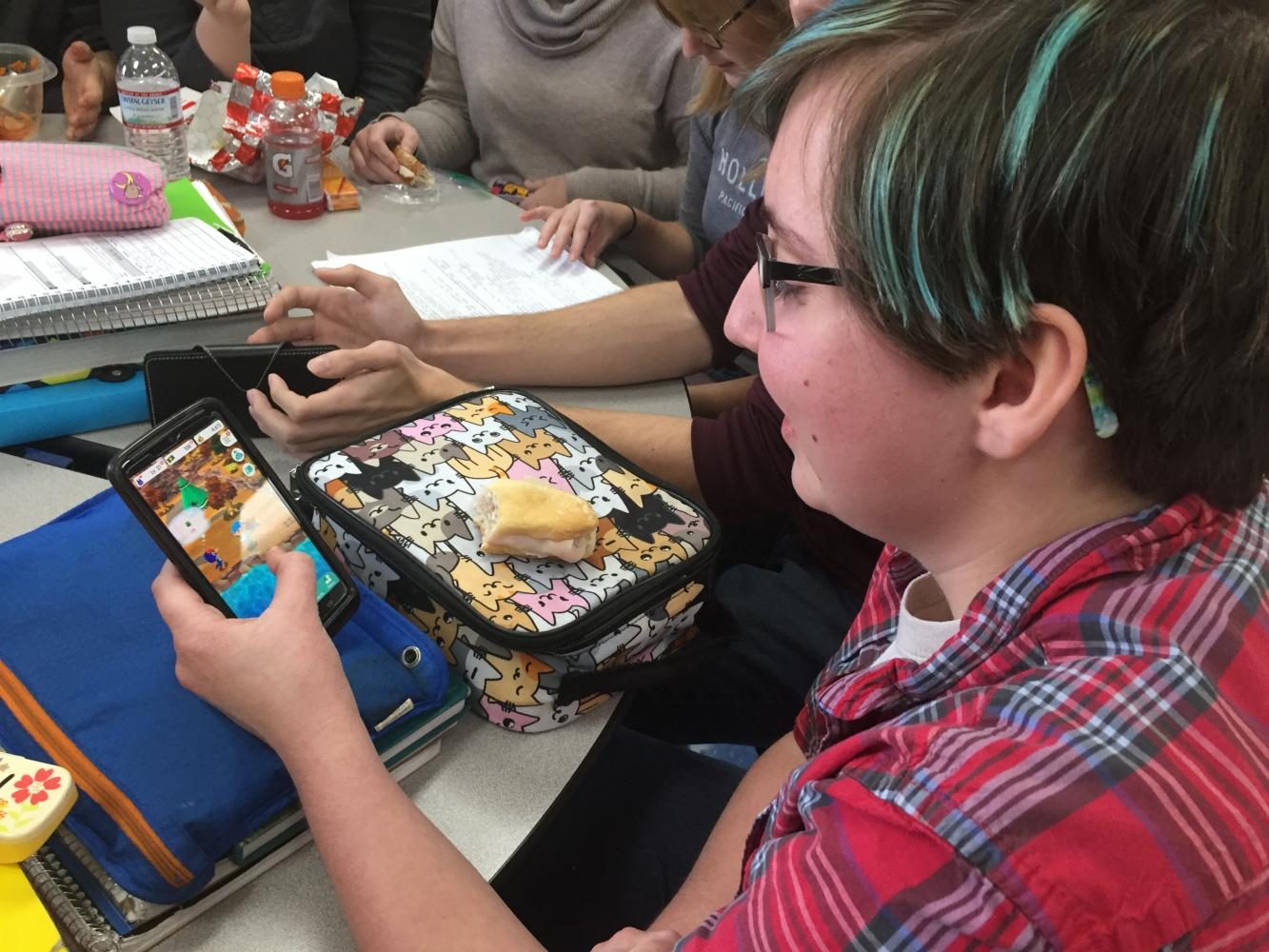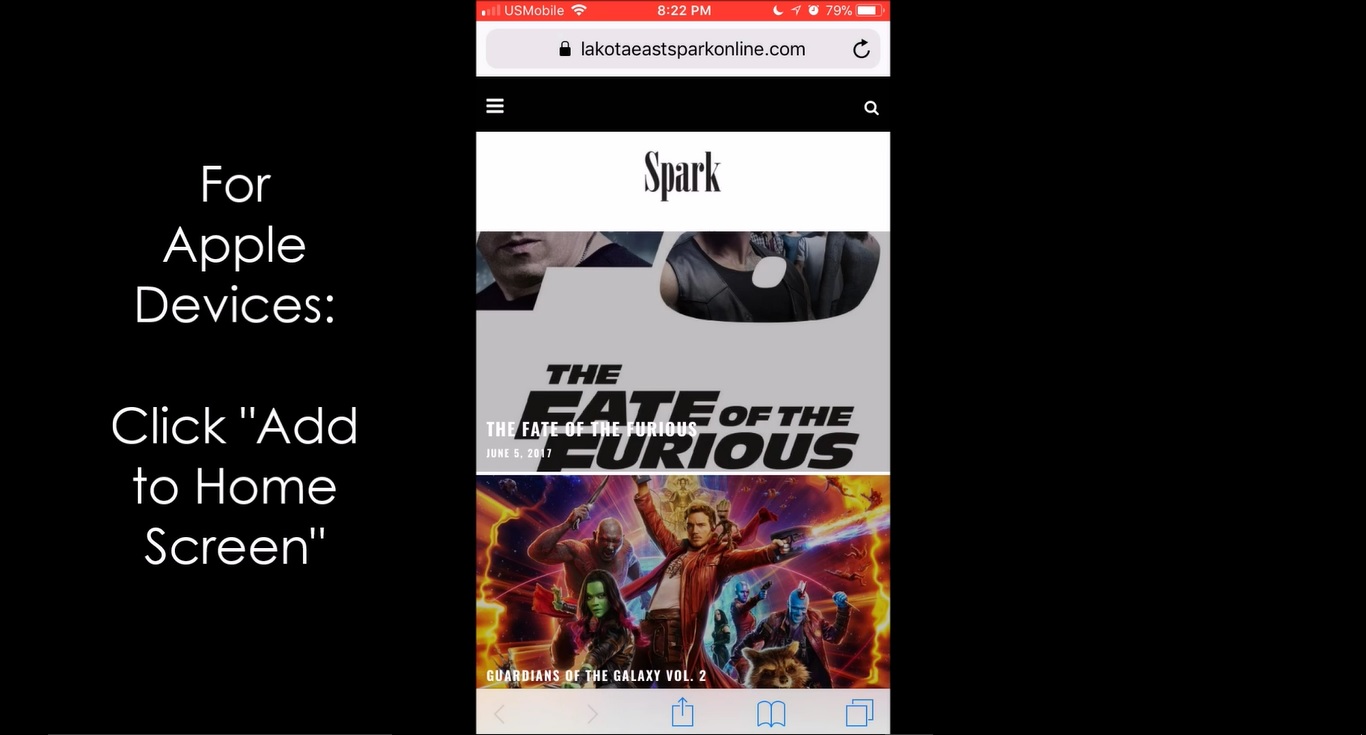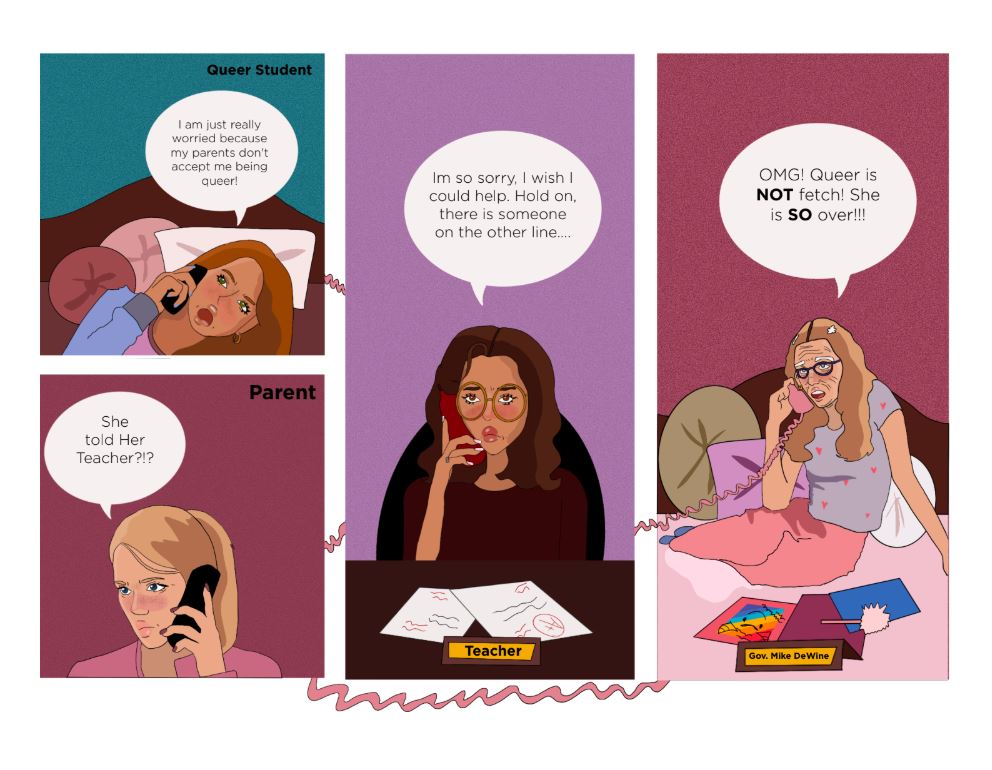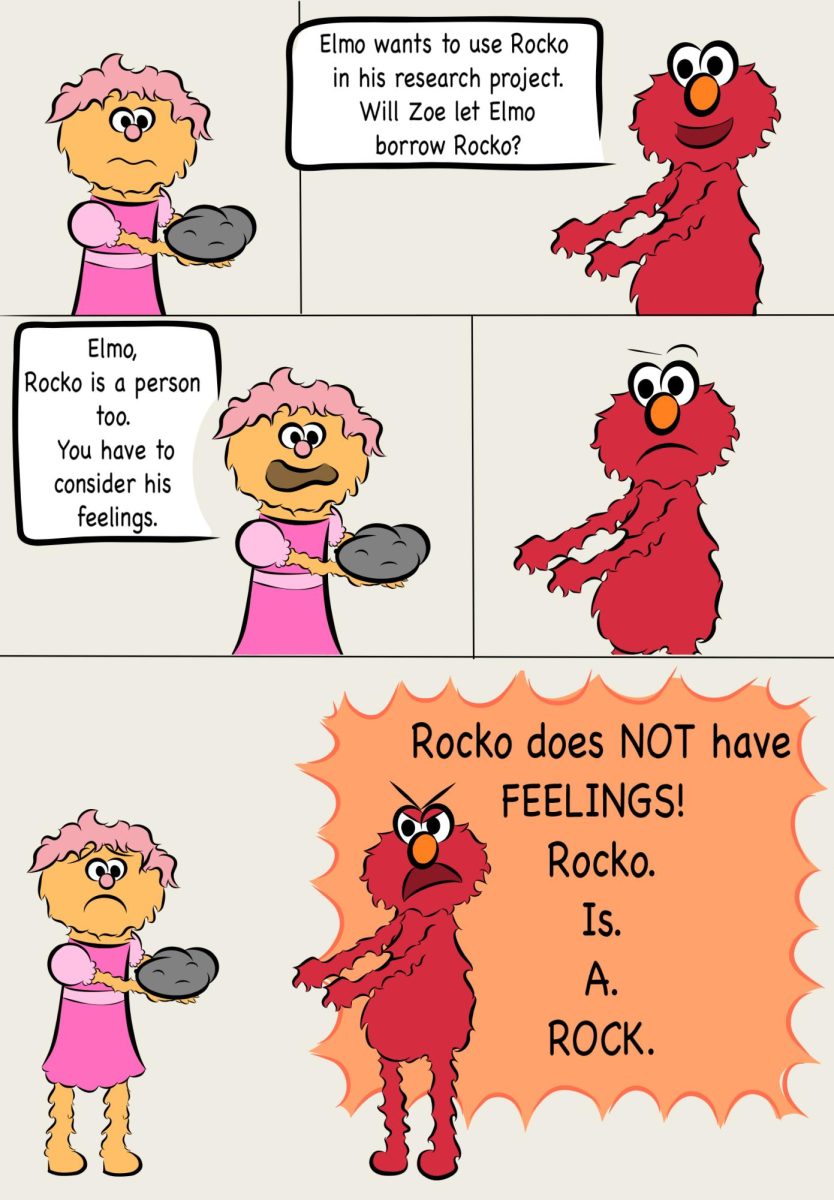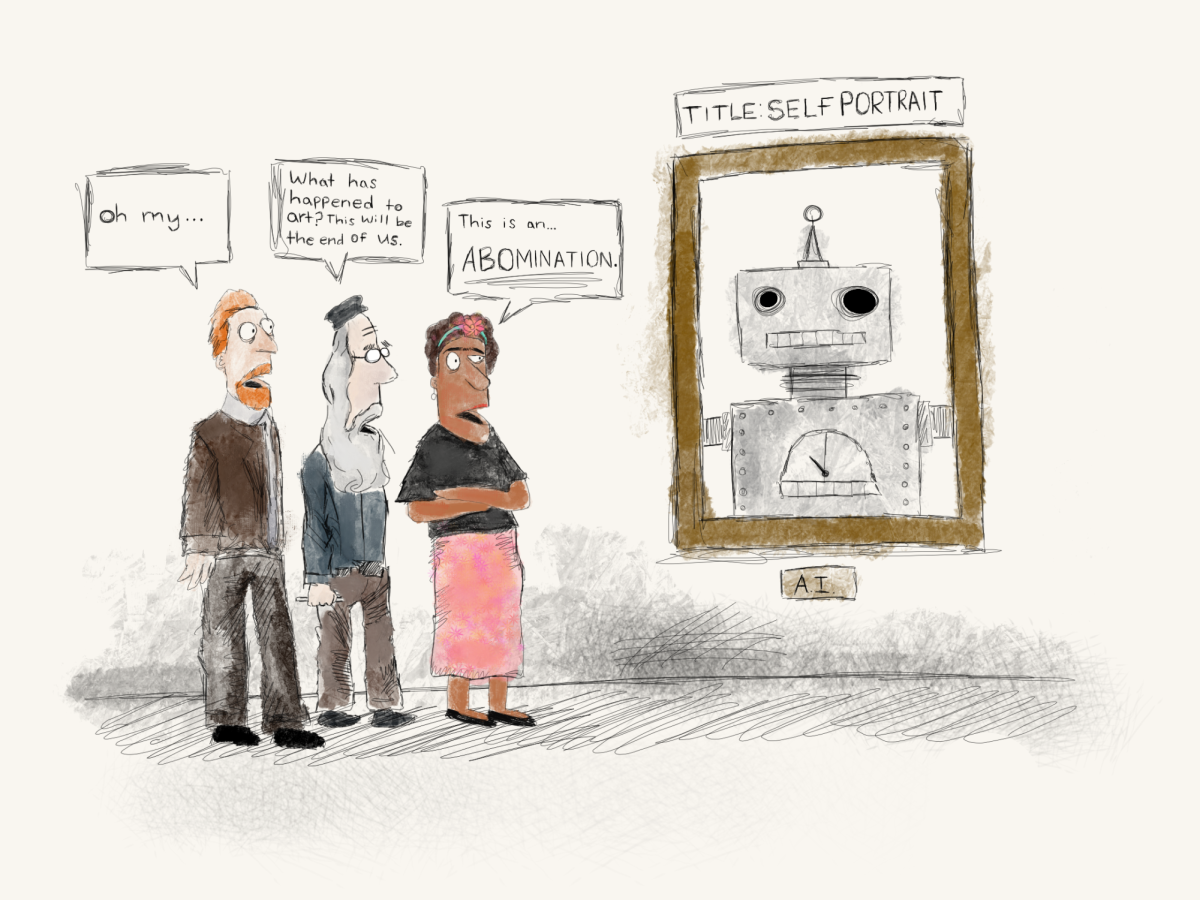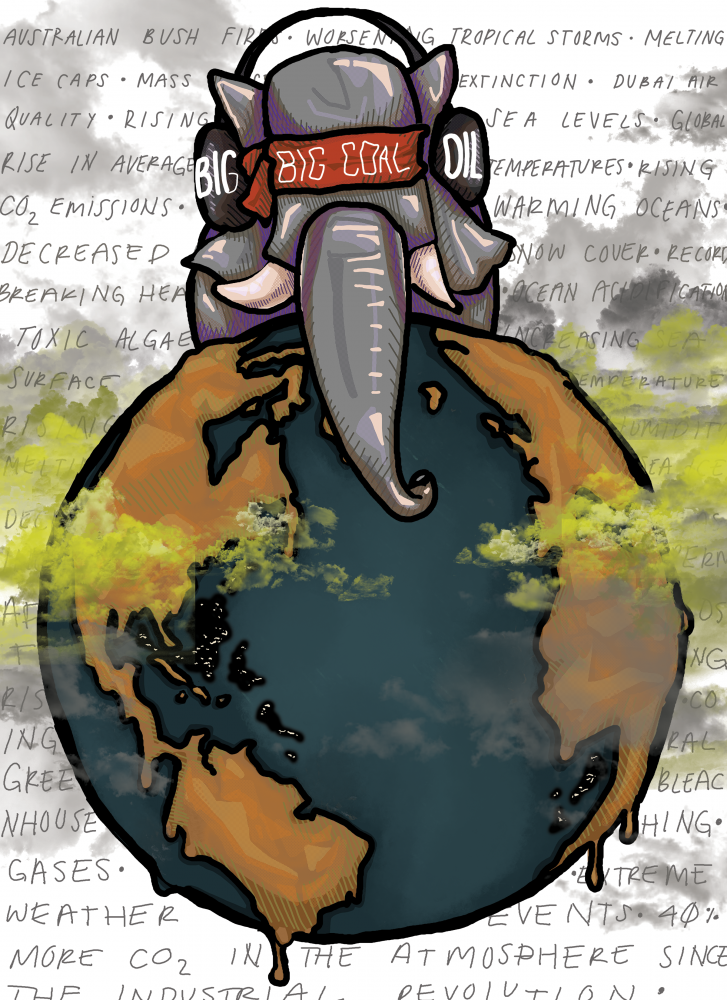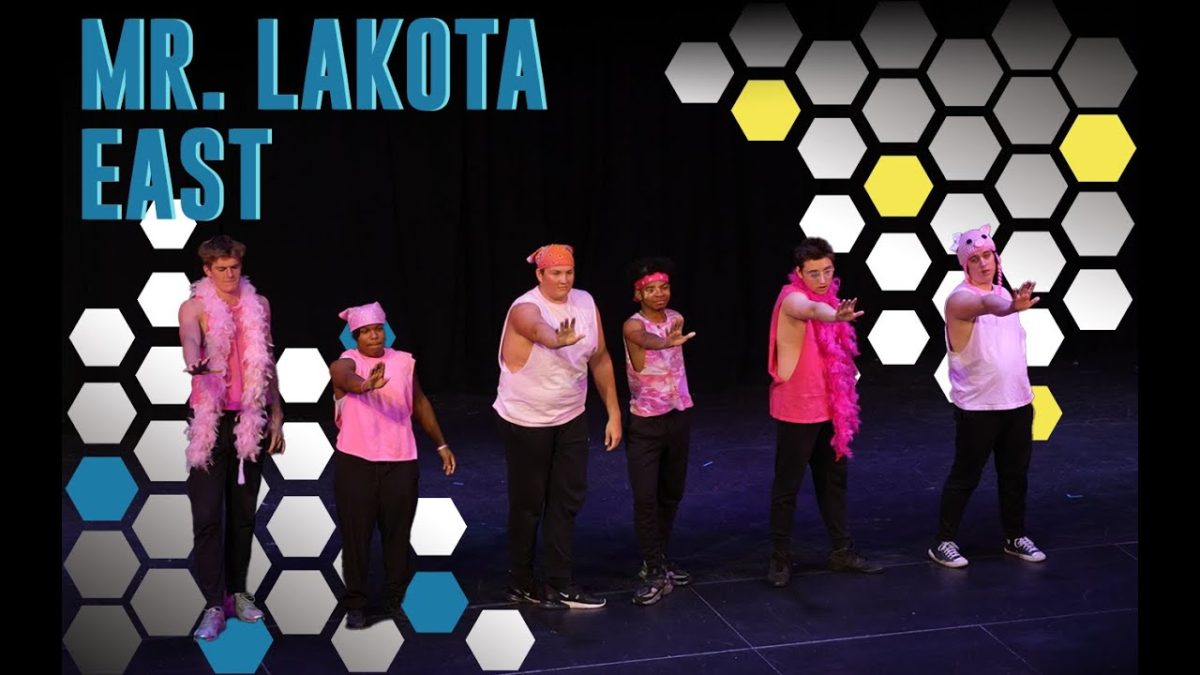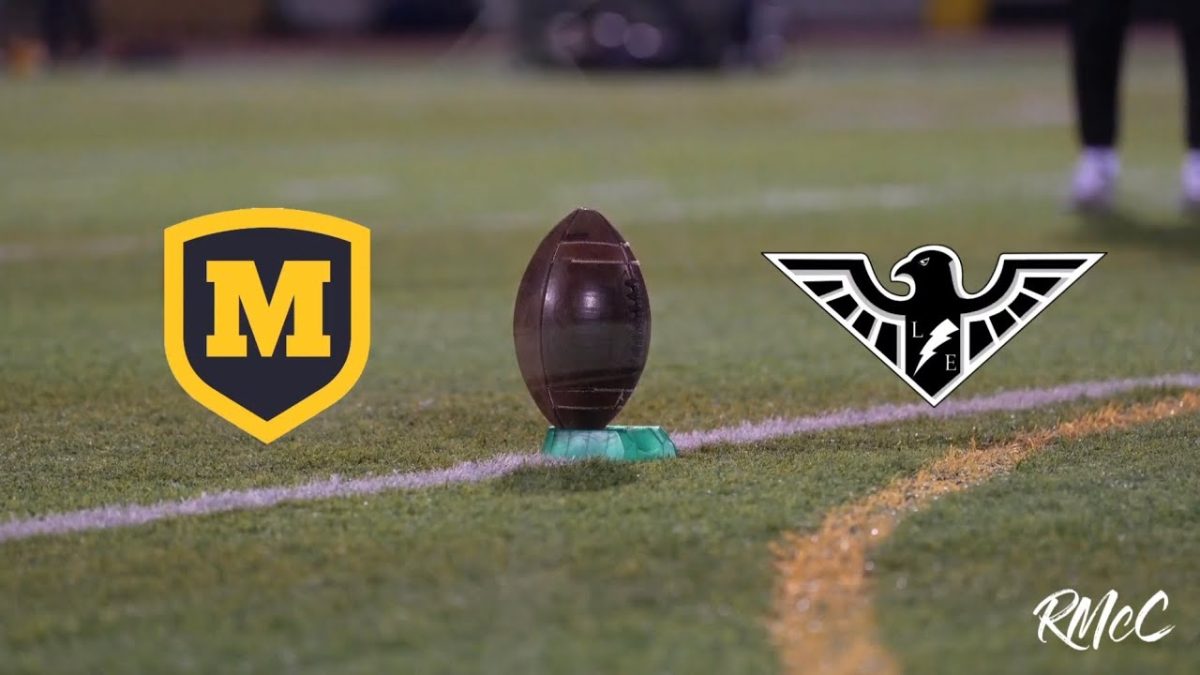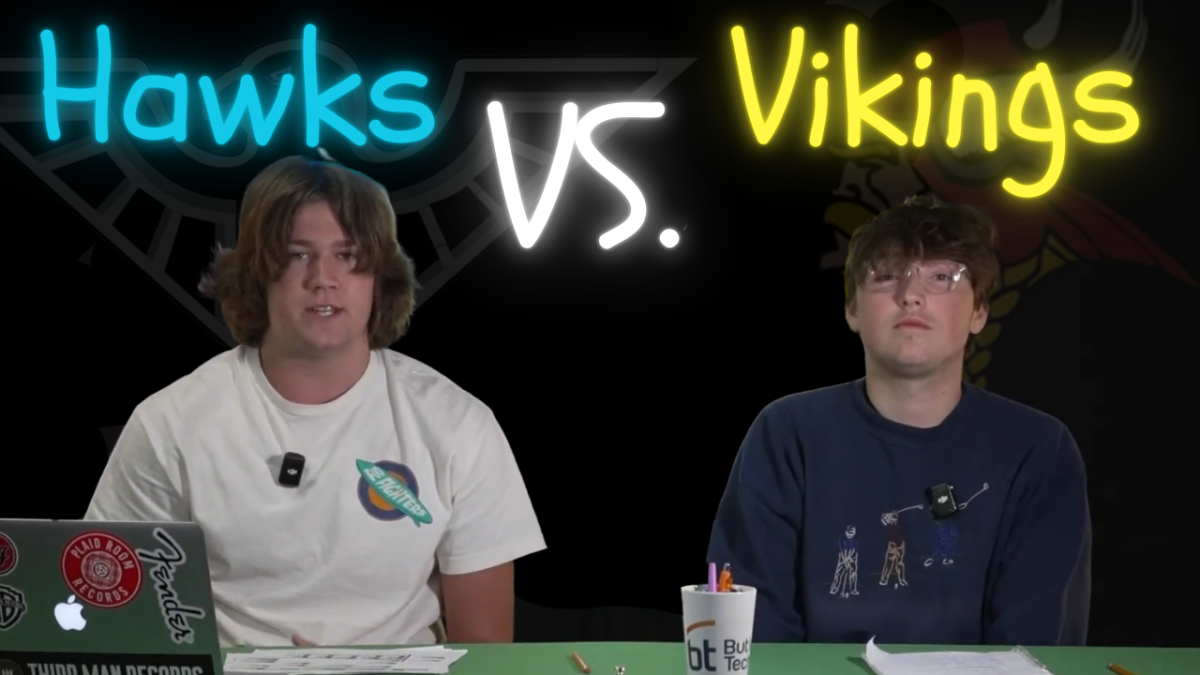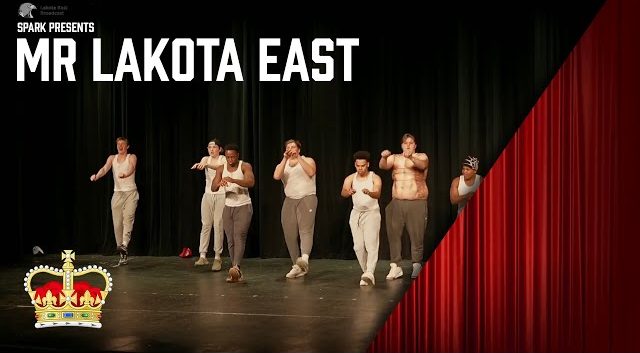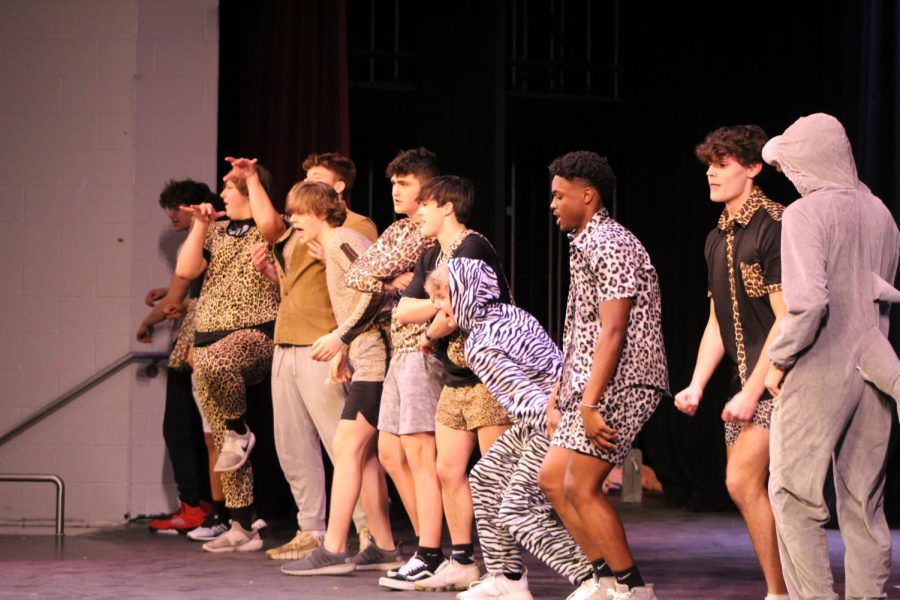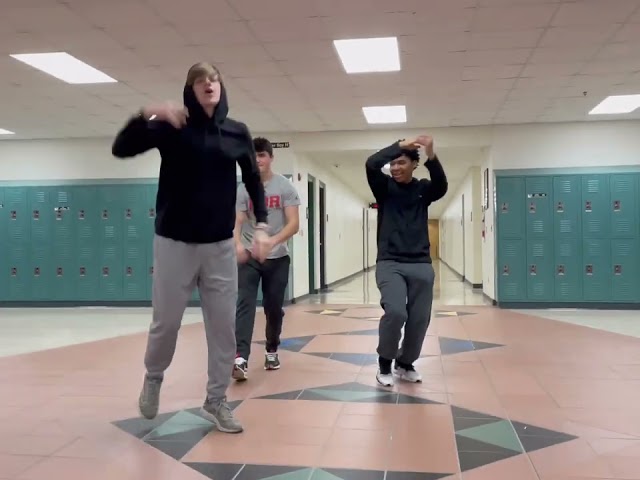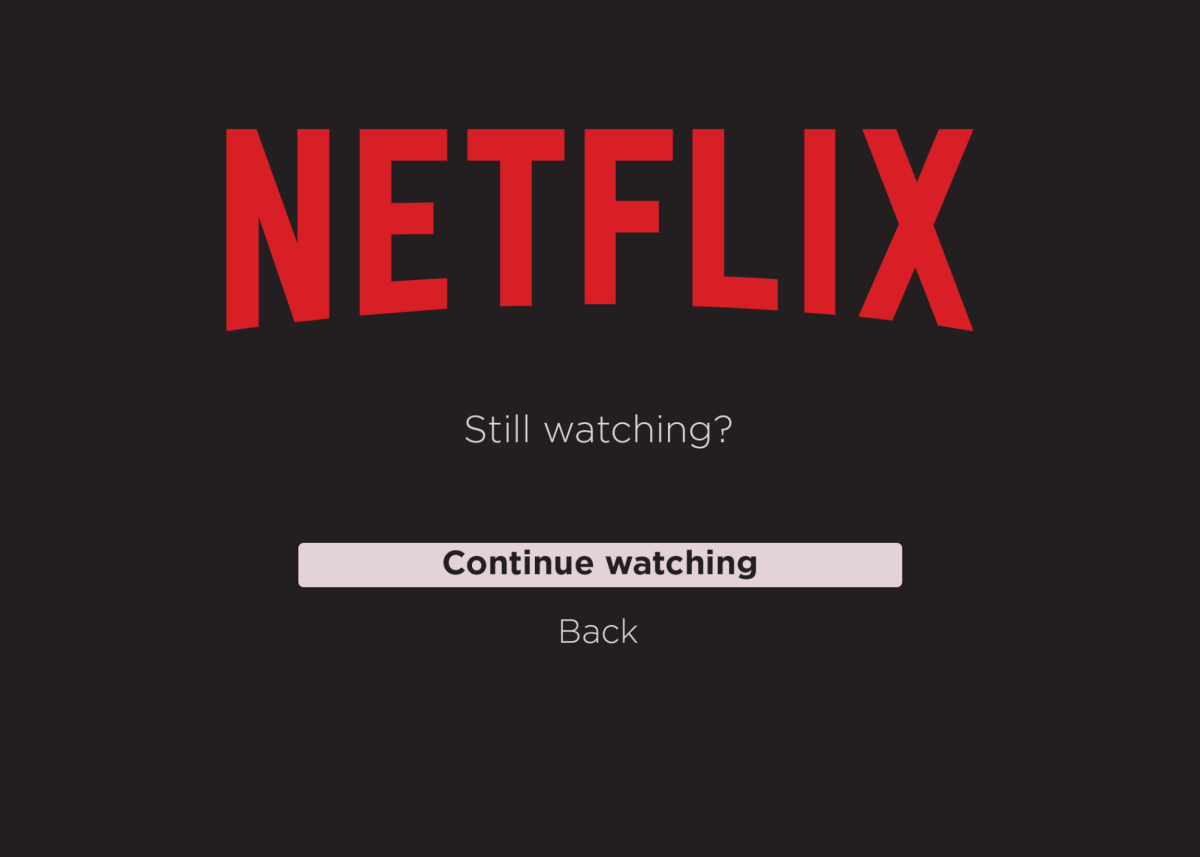After a grueling three year wait since the gut-wrenching cliffhanger of season one, “Severance” returned to Apple TV+ on January 17. The show is bigger, better, and more experimental than season one, taking full advantage of the $200 million Apple has thrown their way.
Although the show is executive produced and directed by comedic superstar Ben Stiller, “Severance” is not a sitcom. At its core, “Severance” is a sci-fi thriller dressed up as a sitcom. The show is based on the concept of a transformative surgery people can choose to undergo where their work memories are separated from their outside memories. Essentially while at work they cannot access any memory about their life at home and vice versa. This leads to a dichotomy between “innies,” the characters at work, and “outies,” the characters out in the real world. The procedure is done by a seemingly all-powerful yet completely mysterious company called Lumon.
The show follows the Macro Data Refinement (MDR) team Mark (Adam Scott), Helly (Britt Lower), Dylan (Zach Cherry), and Irving (John Turturro), who are on a mission to figure out what the work they are doing actually means.
This season, more than the last, explores the idea of identity and self. The characters spend a great deal of time figuring out how much of someone’s personality, thoughts, and characteristics are able to transcend the severance procedure. The innies have a desire to be and feel like complete people which leads to a power struggle with the outies as they generally have autonomy over their innie selves.
With this comes a tall task for actors as they have to portray two drastically different versions of their characters, and at every moment it goes off without a hitch. In the season finale Adam Scott’s character Mark Scout is having a conversation with his innie through a video camera. The back and forth in this conversation underscores the main intention of this season and Scott does a fantastic job portraying the emotional complexity of the situation for both personas.
Helly’s innie and outie both get more screen time as the show delves deeper into her powerful complex character. The unsettling conversations and interactions she has with her father only drum up more questions as to what in the world is going on at Lumon.
Finally it would be a grave mistake to not mention the Emmy deserving performance Tramell Tillman gives as Mr. Milchick. From touching on the issue of race to dramatic action sequences, to an elaborate marching band routine, Tillman continues to deliver on some of the most unexpected fronts.
The show tells the story on a much larger scale this season. Out of nowhere, in episode 4, “Woe’s Hollow,” the MDR team suddenly find themselves in the middle of a frozen tundra on an “Outdoor Retreat Team-Building Occurrence.” This is particularly interesting because this is the first time these innies have spent any significant time in nature. The fluorescent lights and bare walls of their office is all they have come to know.
The complete awe that these characters have in regards to things many perceive to be commonplace is one of the most endearing and charming aspects of the show.
However, this grandiosity comes at a cost. While every character is off doing their own thing, the heart of the show is lost in the process, that is, the moments when all four members of the MDR team are all interacting with one another. Seeing the quippy comedic deliveries of up-and-comers Britt Lower and Zach Cherry, alongside solidified stars Adam Scott and John Turturro, is what makes this off-kilter office comedy work in such an authentic way, and season two lacks exactly that.
Although every episode brings something different to the table, episode seven, “Chikhai Bardo,” the directorial debut for the series’ cinematographer Jessica Lee Gagné, is the clear standout. The whole episode is a dreamlike collage of memories and events flashing through Mark’s mind intertwined with a glimpse into his wife’s life on the testing floor. Gagné effectively uses 16mm film to set all of the flashbacks apart from the rest of the show visually while achieving a feeling of nostalgia and warmth. It is fast paced, confusing, and nauseating, but regardless it is one of the most stunning visual feats seen on television in recent memory.
As the show progresses, more and more characters are added into the mix, but at no point does it become overwhelming; no one ever steals the spotlight from someone else. Even characters that are clearly just there to move the plot along are written with such tact that it fleshes out the unnatural coworker dynamic in a very real way.
The show also has taken a risk in its release, opting for a weekly release schedule rather than the Netflix style of releasing every episode at once. With a show with as many twists and turns as this one, the suspense of a week-long wait between episodes brings back a feeling so often lost in the streaming era.
The season bookends itself with a running sequence which plays as a concrete signifier for the psychological journey that Mark’s innie has gone through in season two—-a journey of love, self respect, and mystery. This alone would make for a great ending to the series as a whole.
But, luckily, the story does not end there. Just a day after the finale aired, Apple announced that the show would be returning for a third season. Stiller assured fans that they were already in production and fans would not have to go through the wait they did for this season.
From impressive production design, masterfully written dialogue, and a mystery that keeps people coming back, “Severance” is a feat of television. It is refreshing to see a major studio take a big swing at an ambitious show in an industry where so many shows with great ideas behind them are shelved after one season.



